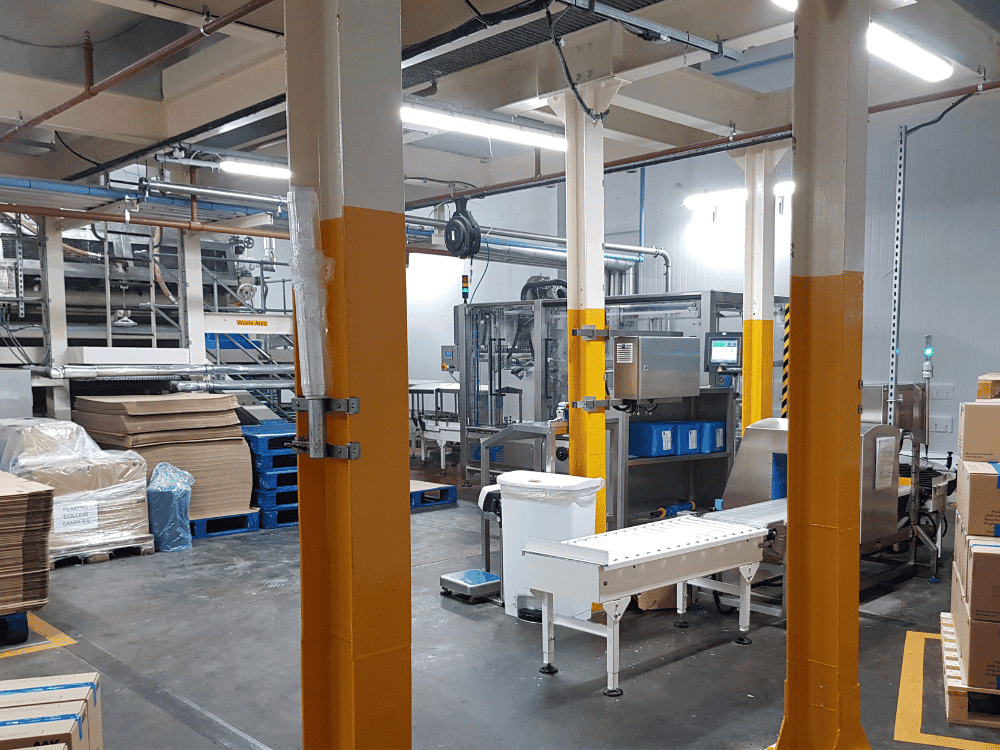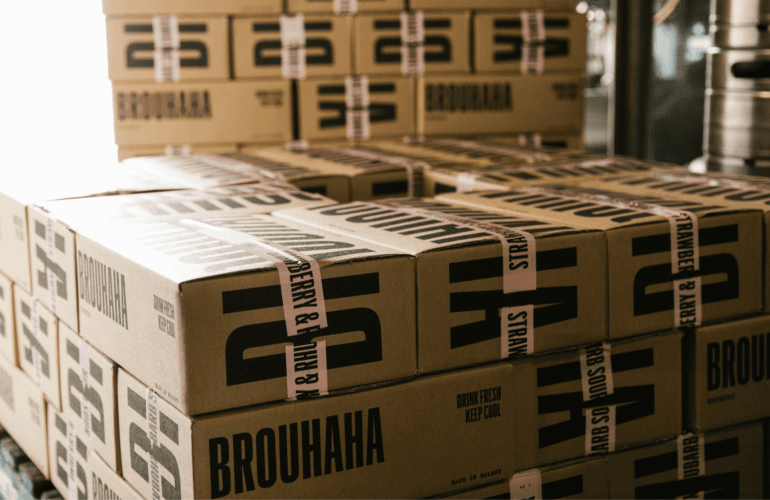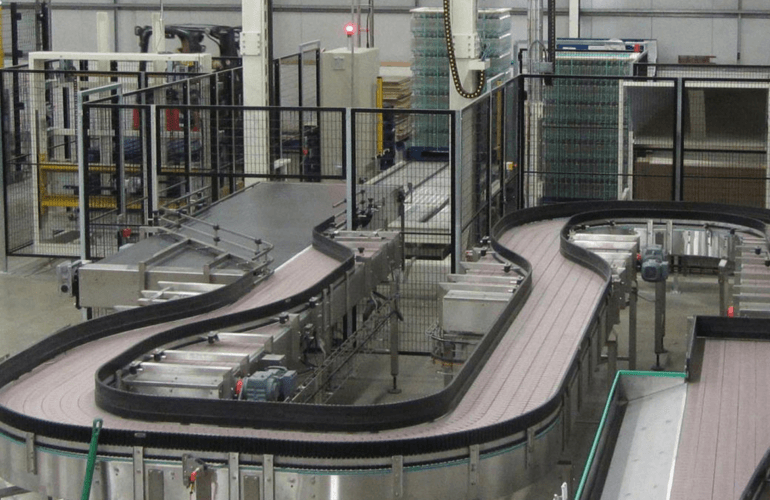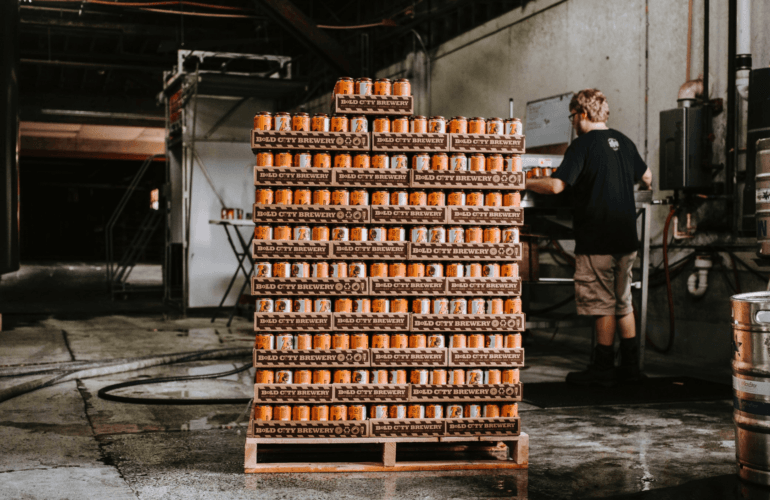We’ve written a lot about how to automate and the benefits of investing in automation – and there’s no doubt that in a competitive and fast-paced landscape, automation goes a long way towards boosting the productivity, efficiency and profitability of manufacturing operations.
Yet despite this understanding manufacturers are still reluctant to make the move to a more automated production line, put off by obstacles such as high costs, lack of floor space or the overwhelm of choice.
Here, we examine some of the potential barriers to automation and look at how they can be overcome.
Common barriers to automation
1. Lack of space
Manufacturers often have limited physical space within their warehouse facility. Traditional manufacturing setups often involve extensive production lines and large pieces of equipment, so introducing new automated systems can require a creative approach.
Think about the layout of your production line as well as the available floor space. Can anything be changed to make more efficient use of the allocated space? It’s important to choose the right type of equipment too. Rotating beam palletisers have a relatively small footprint and are incredibly versatile, making them ideal for small spaces.
Here at PALpack, we include a free design service as part of our package. With 35 years of machinery design under our belts, there can be many ways to design our cells so that they can fit into the smallest of spaces.

2. Cost constraints
With the price of raw materials and energy soaring, many manufacturers are looking for ways to cut costs, not make capital investments.
But automated equipment such as palletisers and sack filling machines can bring cost savings in the long run, due to reduced labour costs, less downtime and greater efficiency. Anyone considering investing in robots should conduct a thorough cost-benefit analysis of both the short and long-term impacts.
3. Disruption to working practices
With deadlines and margins tight, manufacturers can’t afford to have extended downtime while new systems are installed or reduce production speed whilst employees upskill or retrain.
Including employees in the automation planning process fosters a culture of adaptability from the start. Emphasise the value and opportunities in upskilling and reskilling and involve your workforce in decision-making. Often, they can provide valuable insights into workflows and areas where automation can add value. When it comes to installation, choose a partner that recognises the importance of a fast and efficient turnaround.
4. Integration challenges
Integrating new systems with existing infrastructure and ensuring compatibility between different technologies is often a complex and challenging task and can be off-putting for manufacturers.
The key is to work with experts who can help navigate these complexities. A good automation supplier should have the knowledge and experience to identify any potential challenges ahead of time and suggest solutions. There is often scope to customise machinery to meet specific needs or even have bespoke automation designed for you.
A rewarding investment
Investing in automation can bring challenges – but get it right and it also brings significant rewards. By overcoming the obstacles, manufacturers can reap the benefits of increased productivity, improved quality control, reduced labour costs and enhanced overall operational efficiency.




